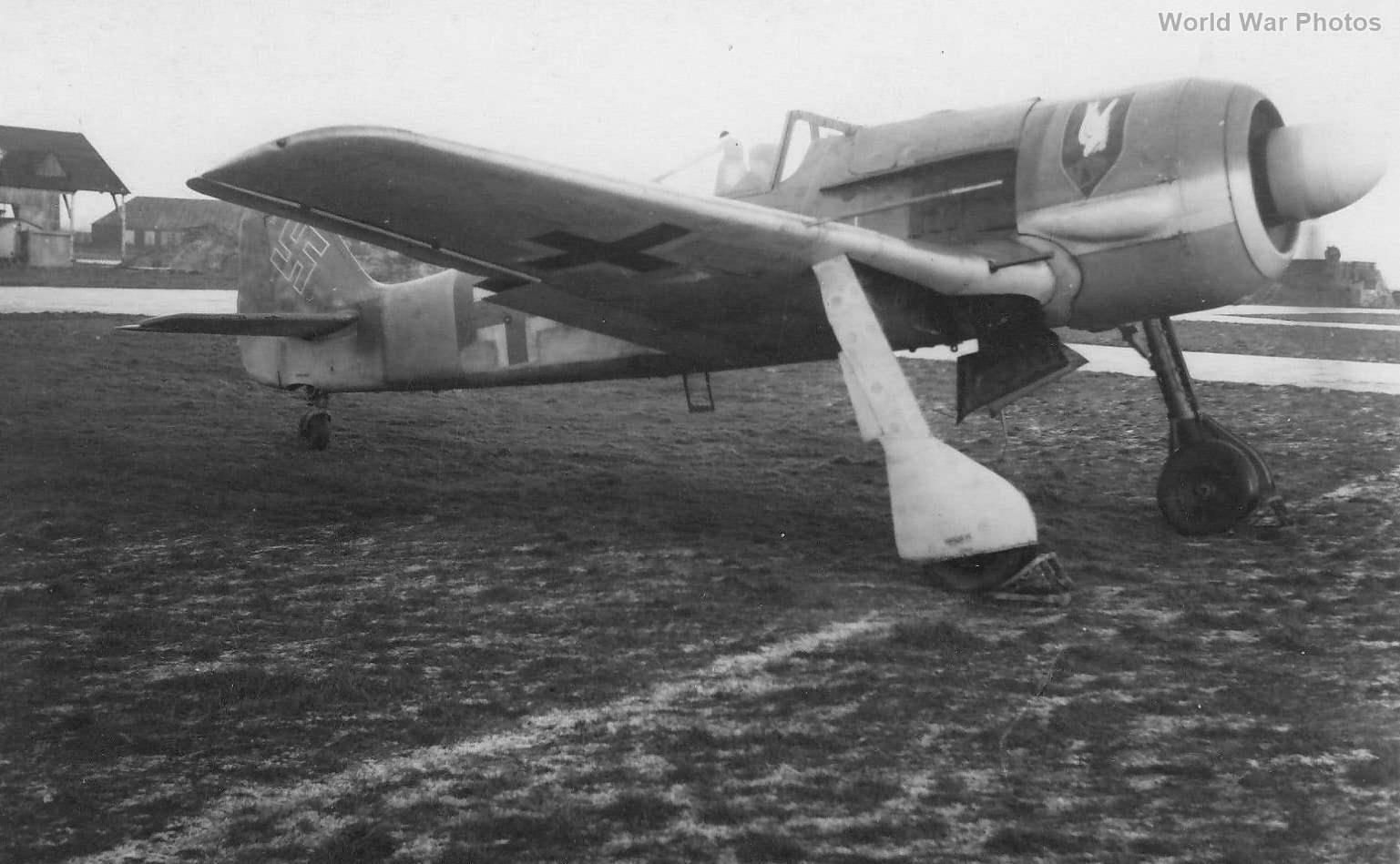The Fw 190A-6 series introduced several improvements and modifications over its predecessors, primarily aiming to enhance armament and versatility. Here’s a detailed overview of its development and features:
Prototype and Development:
- The prototype for the Fw 190A-6 was derived from the A-5/U10, equipped with a BMW 801D engine and modifications including the R1 field conversion kit. The significant addition was the WB 151/20 underwing gondolas housing MG 151 cannons, substantially increasing the aircraft’s firepower but also adding considerable weight and reducing speed.
Production and Modifications:
- The A-6 series began production in July 1943 at various manufacturers, including Arado, Fieseler, and AGO. Throughout its production run, several modifications were made, including improvements to the cooler’s armor and the introduction of the WGr. 42 air-to-air mortars as part of the R6 field conversion kit from November 1943.
Field Conversion Kits:
- The A-6 series was compatible with various conversion kits:
- R1: Heavy fighter configuration with additional armament.
- R2, R3, and R4: These kits included features such as additional weapons and high-altitude performance improvements.
- R4: Notably involved the GM 1 system, which enhanced engine performance at high altitudes by injecting nitrous oxide.
- The A-6 series was compatible with various conversion kits:
Engine and Performance:
- The standard engine for the A-6 was the BMW 801D2, known for its reliability even in cold-start conditions. This engine was unique in being approved for cold starts across the entire BMW series. However, production capacity issues at BMW limited the deployment of higher-performing engine variants, such as those with turbochargers.
Special Variants and Trials:
- An experimental version, the A-6/R4, was tested with a BMW 801TS engine, which produced 1470 kW (2000 hp) at sea level and was evaluated for high-altitude performance with the GM 1 system. However, due to manufacturing constraints, these advanced engines were not widely produced.
Operational Use:
- The Fw 190A-6 series saw extensive use, particularly on the Eastern Front, where they were deployed in various roles, including as heavy fighters equipped with different conversion kits (R1 to R6).
In summary, the Fw 190A-6 series represented a step forward in the evolution of the Fw 190, incorporating enhanced armament and various field conversion kits to adapt to different combat roles. However, limitations in engine production capacity prevented some of the more advanced modifications from being fully realized in operational units.
